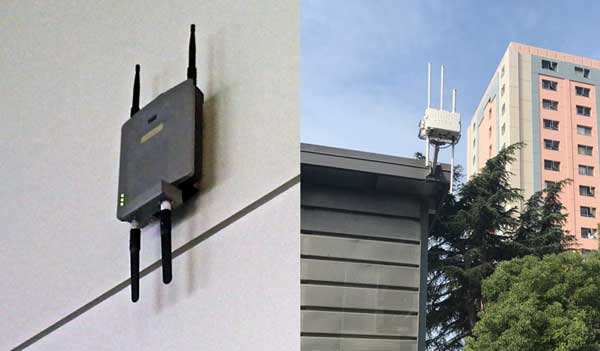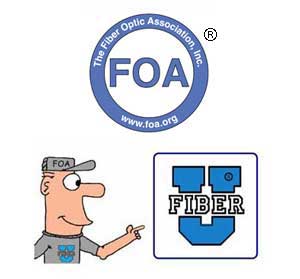WiFi
Objectives:
From this self-study program you should learn:
- What
is WiFi and what standards are available
- How
WiFi provides connectivity indoors and outdoors
- What
is involved in designing WiFI networks
Introduction
No
network can probably be built without wireless
today. People want to be mobile. Practically
everybody uses a laptop as their primary computer,
excepting engineers or graphic designers at workstations,
and most of them will also have a laptop as a second
computer to carry, along with everybody else, on trips and
to meetings where everybody brings their laptops and
connects on WiFi.

Besides
laptops on WiFi, people use tablets and smartphones
for wireless communications. Smartphones allow web
browsing with connection over either the cellular network
or a WiFi network. Some mobile phones are portable VoIP
devices connecting over WiFi to make phone calls. While
WiFi has had some growing pains and continual upgrades,
the IEEE 802.11 standard it has become more reliable and
offers what seems to be adequate bandwidth for most users.
Outside
the office, or home for that matter, WiFi connections are
expected in many public spaces - coffee shops of course,
but also restaurants, hotels, convention centers, and
simply on the street. Inside the city, WiFi can used for
line-of-sight communications where fiber is too hard to
install or expensive. In rural areas where any means of
communications is expensive,
line-of-sight WiFi is often the least expensive
alternative.
In this lesson we'll look at the technology and
applications of WiFi.
Assignments
You
will be instructed to read the references or watch videos
and take the quiz (Test Your Knowledge) to complete the
"classroom" part of the course.
Get
Started
Watch
The Video
FOA
YouTube Video Premises Cabling Lecture 10,
Wireless.
Read
The Online FOA References
FOA
Reference Guide, WiFi
FOA
Reference Guide, WiFi - Wireless In Premises
Cabling.
Test Your Knowledge - WiFi
Cabling - Quiz
Lesson
Plans
Read
the materials or watch the videos linked on each lesson
plan and take the quiz.
Lesson 1:
Overview - How Wireless Networks Use Fiber Optics
Lesson 2: Fiber
To The Cell Site And
Fiber To The Antenna
Lesson 3:
Distributed Antenna Systems (DAS)
Lesson
4: Small Cells
Lesson
5: WiFi - Enterprise, Urban and Rural

If
you have finished all the assignments and case study, you
can take an online exam on this course to qualify for a
"Fiber U Certificate of Completion." The exam cost is
$20US.
Go
here to take the Fiber U "Fiber For Wireless"
Certificate of Completion exam. Here
are detail directions if this is your first time
taking a Fiber
U Certificate of Completion exam.
|

